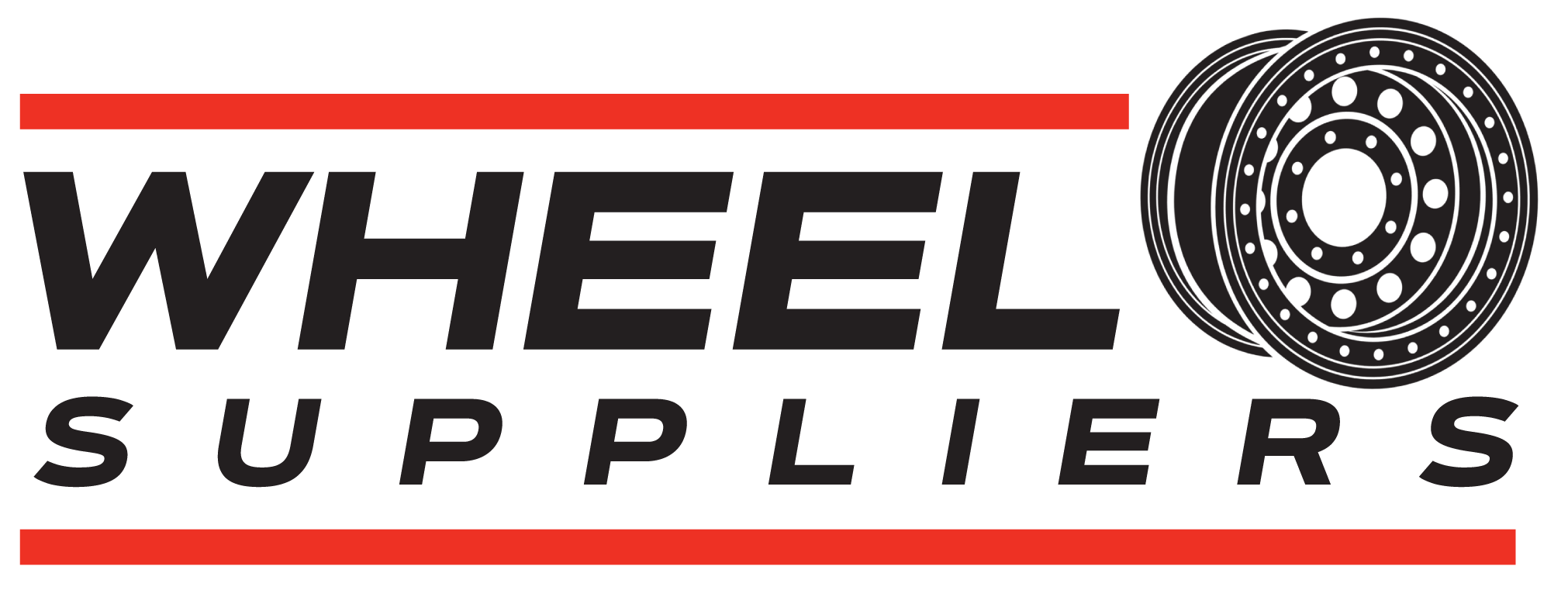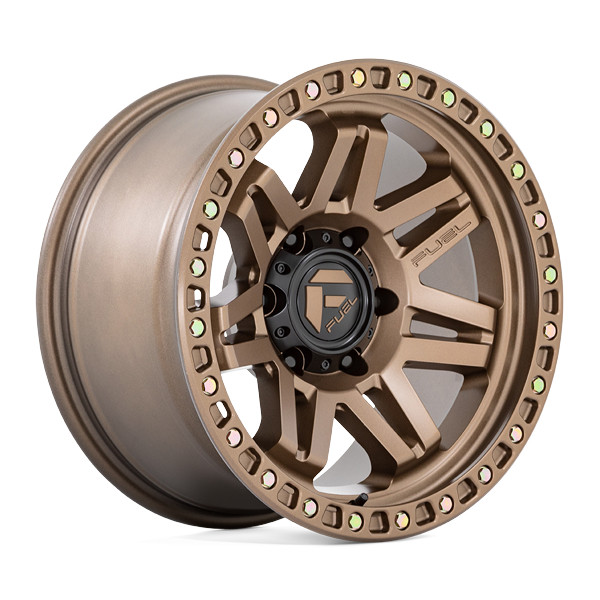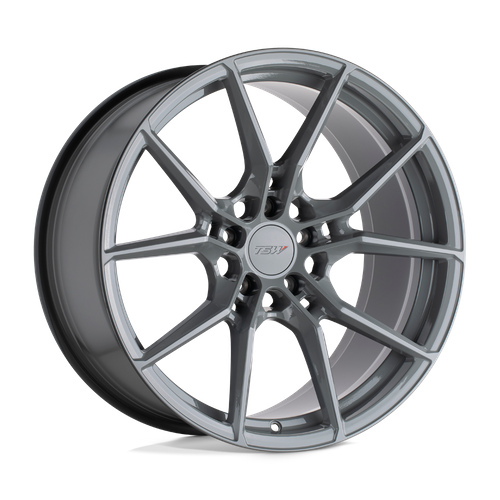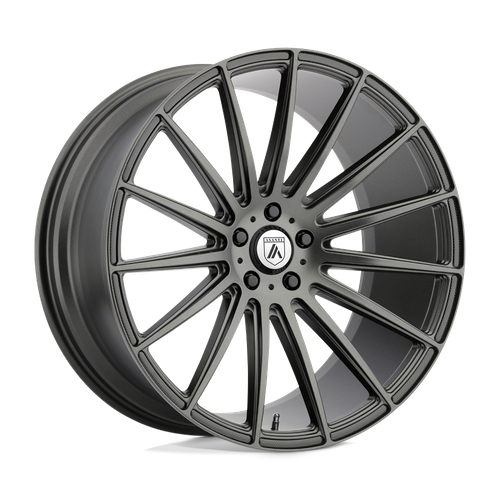
Looking to replace your OEM wheels with something more custom? Wheel Suppliers offers a wide variety of aftermarket wheels that fit just about any vehicle out there.
Wheel Offset & Backspacing Explained
Offset refers to how your vehicle’s wheels and tires are mounted and sit in the wheel wells, so that it can freely rotate without rubbing against the fender, brakes, or any suspension components.
This is determined by measuring the distance between the wheel center-line and the mounting surface on the back of the wheel. The offset is measured in millimeters, which can be positive, zero, or negative.

- Zero Offset: When the hub mounting surface is in line with the center-line of the wheel.
- Positive Offset: When the hub mounting surface is in front, or more towards the street side, of the center-line of the wheel. Most wheels on front-wheel drive cars and newer rear-drive cars have positive offset.
- Negative Offset: When the hub mounting surface is behind the wheel center-line. For example, a deep dish wheel is typically a negative offset.
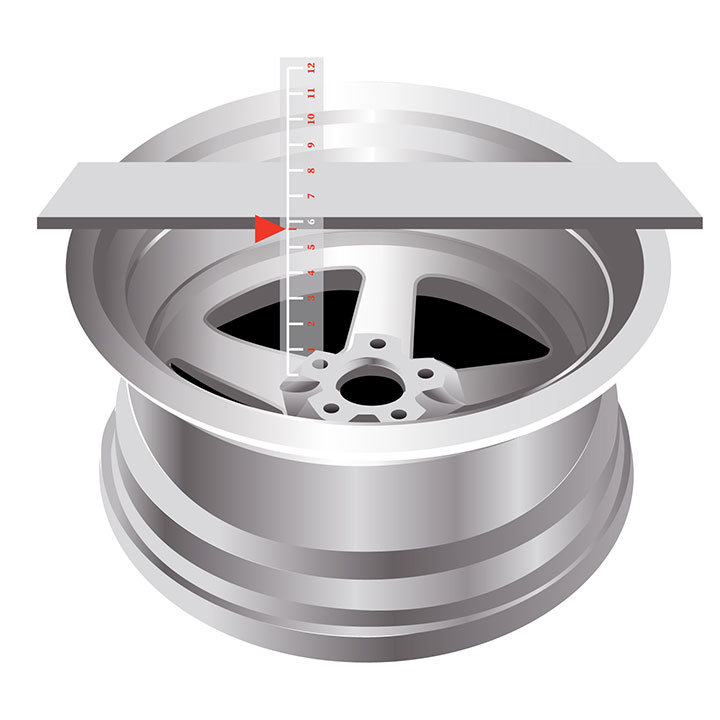
Backspacing is the distance your wheels and tires need to accommodate both offset and wheel width. This is especially important to factor in when the new wheel and tire setup you want is wider than what came on your car from the factory.
Having accurate offset and backspacing measurements means you’ll get a wheel and tire combo that offers the looks, handling and performance you’re after.
Getting them wrong however, could be problematic.
Common Problems From Too Much Positive Offset
- Damage from the inner edge of the wheel and tire rubbing against the bodywork or suspension of the vehicle
- Interference with braking components
- Risk of tire failure
- Poor handling performance
- Making the vehicle unstable
Common Problems From Too Much Negative Offset
- Increased steering and wheel kick-back
- Additional stress on the vehicle’s suspension components
- Poor handling performance
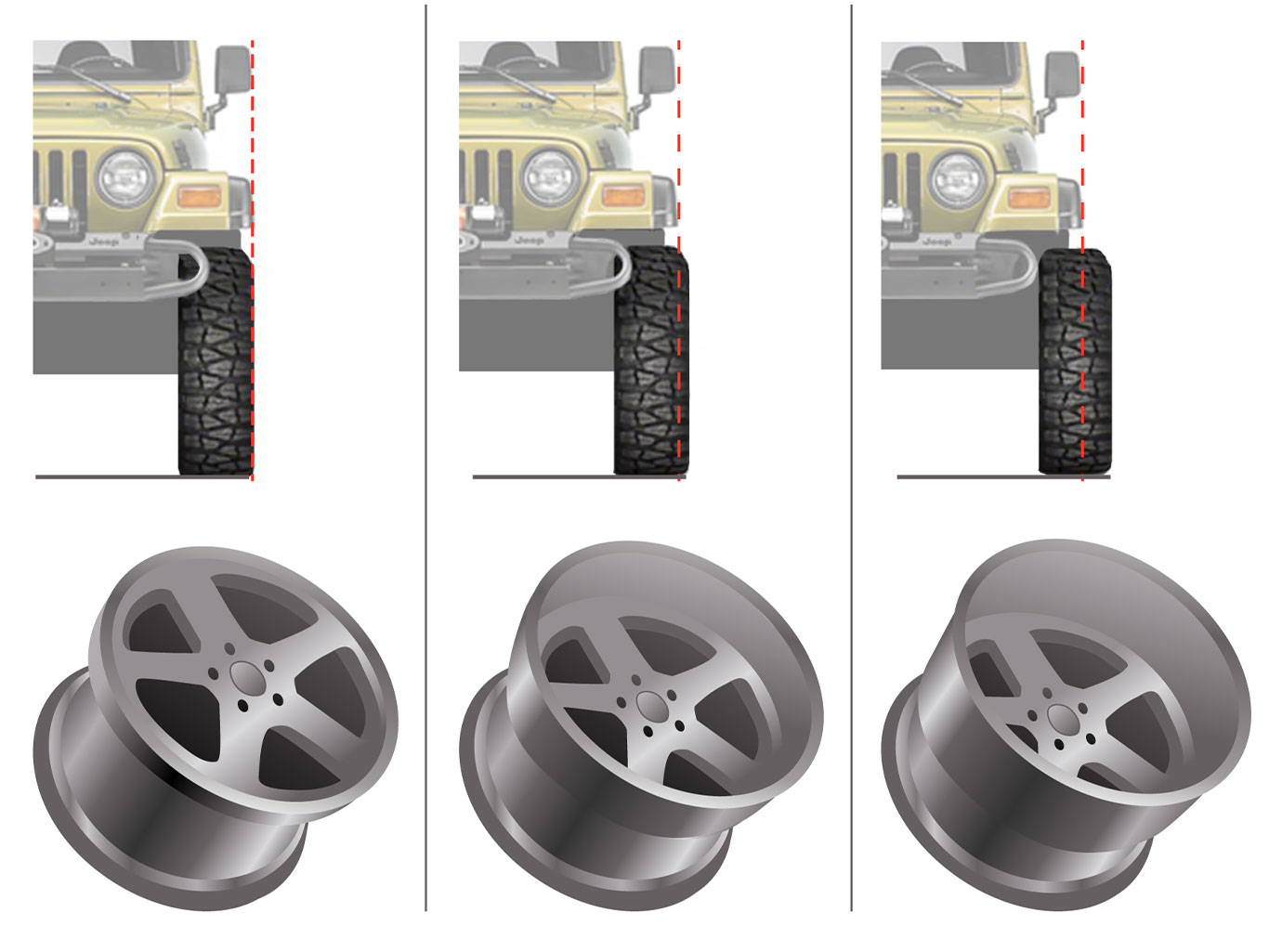
Recap
- New wheels can make your ride look better while increasing handling performance.
- Offset measurements can be tricky. Even if the tire and wheel have enough clearance, the wrong offset can negatively impact vehicle stability. Generally, with new wheels, you don’t want the new offset to be more than 5 millimeters different from the old offset. However, there are specific instances where upgrading to a much more aggressive offset is viable, as long as the correct precautions are taken, such as fender rolling.
- Especially when your new wheels are wider than the originals, backspacing has to be factored in along with offset.
The information provided above is of a general nature gathered from a variety of resources and in-house experiences deemed reasonably reliable. Feel free to get in touch with us and we’d be more than happy to help. If you want to learn more about offsets and fitment, check out our wheel fitment guide.
Shop From a Wide Variety of Offsets
Zero Offsets
Zero offsets are typically for aggressive fitments on street cars or mild fitments on Jeeps and trucks.
Negative Offsets
Negative offsets are uncommon on street cars and usually reserved for Jeep, SUV and truck fitment.
Positive Offsets
Positive offsets are the most common and can be fitted on virtually any vehicle.
Custom Offsets
In addition to the three offsets mentioned, some manufactures offers custom offsets, built to fit your specific vehicle.
